#House of Orange Nassau
Explore tagged Tumblr posts
Text
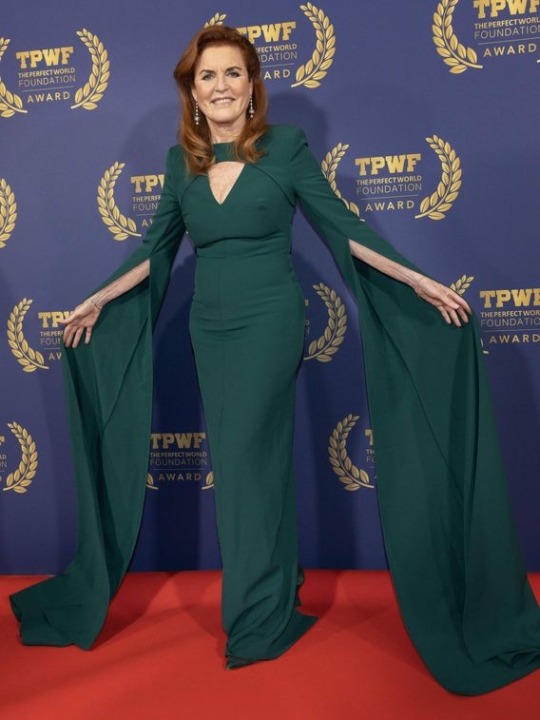

#the netherlands#princess of orange#princess catharina amalia#dutch royal family#House of Orange Nassau#uk#duchess of york#sarah ferguson#british royal family#house of windsor#who wore it best
25 notes
·
View notes
Text

Willem Frederik of Orange-Nassau, later King Willem I of the Netherlands (1772-1843). Unknown artist.
#king william i#huis van oranje nassau#house of orange#the netherlands#house of orange nassau#unknown artist
10 notes
·
View notes
Text

King William III and HM Queen Emma of the Netherlands.
1 note
·
View note
Text

Louise Henriette of Nassau (7 December 1627 – 18 June 1667) was a Countess of Nassau, granddaughter of William I, Prince of Orange, "William the Silent", and an Electress of Brandenburg.
12 notes
·
View notes
Text
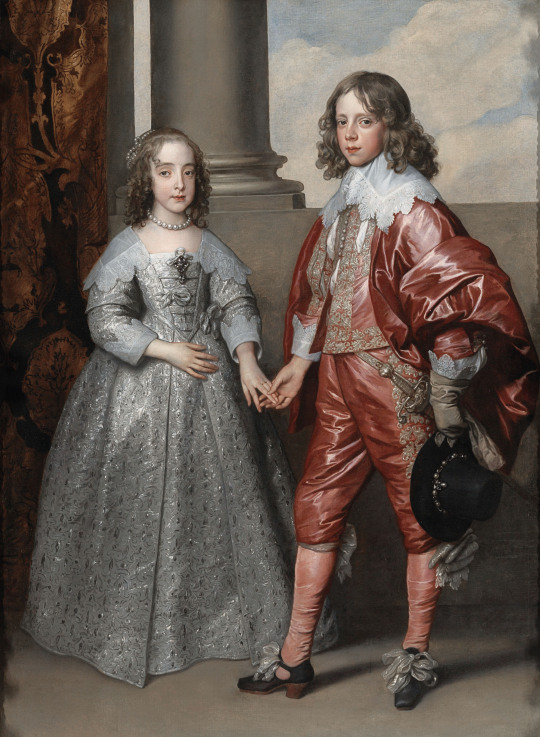
Willem II, Prince of Orange and His Bride Mary Stuart by Anthony van Dyck, 1641.
#classic art#painting#anthony van dyck#flemish artist#17th century#portrait#couples portrait#indoor portrait#prince#princess#orange nassau#house of stuart#fashion#white dress#red suit
96 notes
·
View notes
Text

Gerard van Honthorst (Dutch, 1592-1656) Allegory of the marriage of William Frederick of Orange-Nassau and Amalia von Solms, n.d.
#Gerard van Honthorst#dutch#dutch art#1500s#1600s#allegorical art#d'orange#william frederick of orange nassua and amalia von solms#art#real people#royal#royals#royalty#House of Orange-Nassau#netherlands#dutch golden age#european history#historical art
15 notes
·
View notes
Text

Portrait of Maria of Orange (1642-1688), with Hendrik van Nassau-Zuylestein (d. 1673) and a Servant
Artist: Jan Mijtens (Dutch, 1614-1670)
Date: c. 1665
Medium: Oil on Canvas
Collection: Mauritshuis, The Hague, Netherlands
Description
This is Princess Maria of Orange with her nephew Hendrik to the left and a second boy to the right. His name is unknown. He was one of the black servants at the court and was presumably brought to the Dutch Republic as a young boy by the WIC – as a present for the princess.
Maria was the seventh and youngest daughter of Stadholder Frederik Hendrik and Amalia van Solms. Mijtens portrayed her shortly before her marriage. The wedding was celebrated in Cleves, at the residence of her favourite uncle Johan Maurits.
#group portrait#oil on canvas#painting#jan mijtens#dutch painter#maria of orange#hendrik van nassau zuylestein#landscape#custome#horse#servant#young boy#woan#house of orange#netherlands#european nobility#17th century painting#european art
2 notes
·
View notes
Note
Hi! Top 3 fav tiaras? Luving u ssm by the way ♡♡
Hii lovely!! Thank you so much for your precious compliment and the question🩵
I love literally everything royalty-related, including tiaras, of course-but here are some of my favorites.

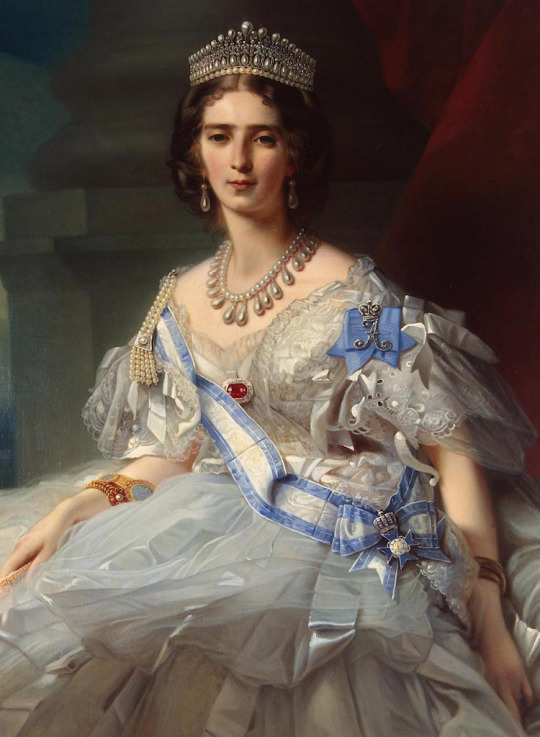
Yusupov lover’s knot tiara
In the second picture, you can see Princess Tatiana Alexandrovna Yusupova wearing it.
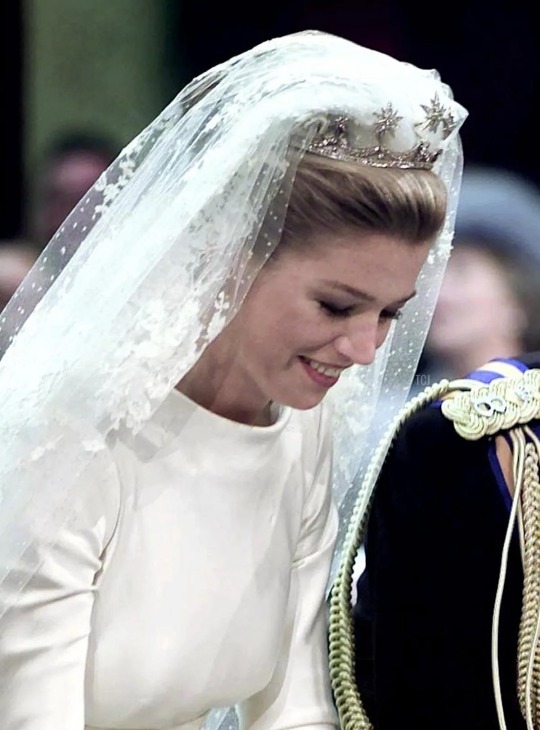

Queen Maxima’s starry wedding tiara
In the pictures you can see Queen Maxima of The Netherlands wearing it.

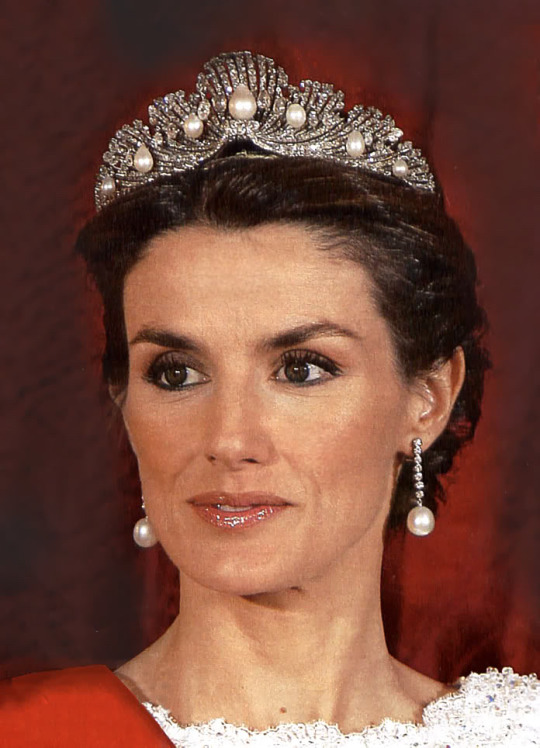
The Mellerio Shell tiara
In the second pucture you can see Queen Letizia of Spain wearing it.
#should i make new series of this?#didi’s#didi#queen letizia#queen maxima#dutch royal family#spanish royal family#durf#srf#orange-nassau#house of orange-nassau#bourbon#house of bourbon#princess tatiana alexandrovna yusupov#tatiana alexandrovna#yusupov#tiara#tiaras
5 notes
·
View notes
Text
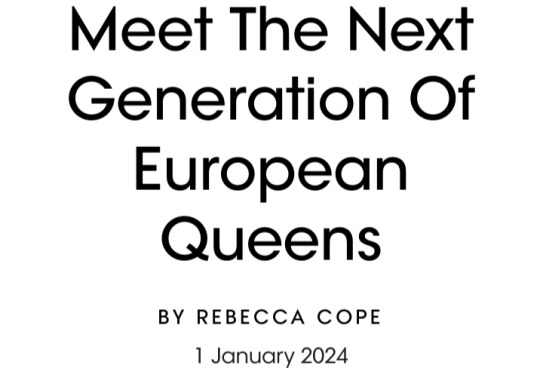

Princess Catharina-Amalia of the Netherlands
Princess Catharina-Amalia (born 7 December 2003) is the heir to the Dutch throne and is the eldest of King Willem-Alexander and Queen Maxima’s three daughters.
Unusually, the monarchy in The Netherlands has been predominantly female-led, with three Queens reigning in succession from 1890-2013, when Catharina-Amalia’s father became King, so she’s in good company historically.
Unlike her parents who have committed a handful of regrettable gaffes (including going on holiday to Greece during a Covid-19 lockdown), Catharina-Amalia seems to have her finger on the pulse of the nation.
Case in point:
She rejected her rights to a yearly royal allowance when she turned 18, ostensibly because as a student (she’s studying politics, psychology, law, and economics at the University of Amsterdam), she’s not a “working” royal but also because it felt wrong during a cost of living crisis.
Much like Prince William here, the Princess is keen to have a normal university experience and lived in shared housing with other students until she was threatened with kidnap by a criminal gang.
She also attended a public primary school and even worked in a beach bar in The Hague during her summer break.
Like many Gen Z-ers, she has spoken candidly about mental health, revealing she sometimes sees a therapist, and while making no direct comments about it, she was the focus of new legislation that means LGBTQIA+ royals would be able to marry anyone they chose without forfeiting their right to the throne.
The House of Orange is in need of good PR, as its popularity rankings have dropped in recent years, with Catharina-Amalia hopefully just the fresh face it needs.

Princess Elisabeth of Belgium
Princess Elisabeth (born 25 October 2001) will make history when she ascends to the throne as the country’s first Queen Regnant.
A decade before her birth, the primogeniture was altered to allow for female succession, and she will be the first monarch to benefit.
Had it not been changed, her younger brother, Prince Gabriel, would have been the next King.
The 22-year-old is the eldest daughter of King Philippe and Queen Mathilde. She has a second younger brother, Prince Emmanuel.
She spent her formative years in Brussels, before attending “Hippie Hogwarts,” UWC Atlantic College in Wales.
After completing her education, she undertook a year of military training at the Royal Military Academy in Brussels, following in the footsteps of other heirs to the throne.
She’s now studying at Lincoln’s College at Oxford University, where she has competed in the rowing team.
She’s a confident public speaker, having had lots of practice: her first speech was at the age of nine when she opened a children’s hospital named in her honour.
She’s also becoming increasingly recognised for her fashion choices, with reports of the “Elisabeth” effect in Belgium, where her fans rush out to buy what she’s wearing, drawing comparisons to our very own Princess of Wales.
In recent years, Belgium, like many other Western nations, has had to confront its colonial past.
How the Princess decides to acknowledge and apologise for Belgium’s part remains to be seen, but will be vital for how she’s viewed both at home and on the world stage.

Princess Leonor of Spain
The world has been gripped by so-called “Leonormania” in recent weeks, after the heir to the Spanish throne turned 18.
The eldest of King Felipe and Queen Letizia’s two daughters, Princess Leonor (born 31 October 2005) is fast-becoming a national obsession, with her every fashion choice (and potential boyfriend) documented and dissected.
Her rising public profile is in contrast to her closely guarded childhood, during which she made very few public appearances.
After attending primary school in Barcelona, she moved to Wales to complete her education at UWC Atlantic (the same school as Princess Elisabeth of Belgium), where she graduated earlier this year.
She is now enrolled in a military academy undergoing officer training, which will last for three years.
Ahead of her 18th birthday, she presented her inaugural Princess of Asturias Awards, managing to appear decidedly unstarstuck when meeting Hollywood icon Meryl Streep and Japanese author Haruki Murakami.
Much like her father, Leonor will be keen to distance herself from the fiscal scandals of her grandfather, the ex-King Juan Carlos, which also implicated her aunt and uncle, and have played out telenovela-style in Spain over the last decade.
She will do well instead to emulate her mother and grandmother, the beloved Queen Sofia, whose chic style she has already clearly inherited.
In terms of politics, one issue she may have to face head on is the rise of Catalan separatism – an issue that her father made a rare public statement against in 2020 – and which he has been widely criticised on.
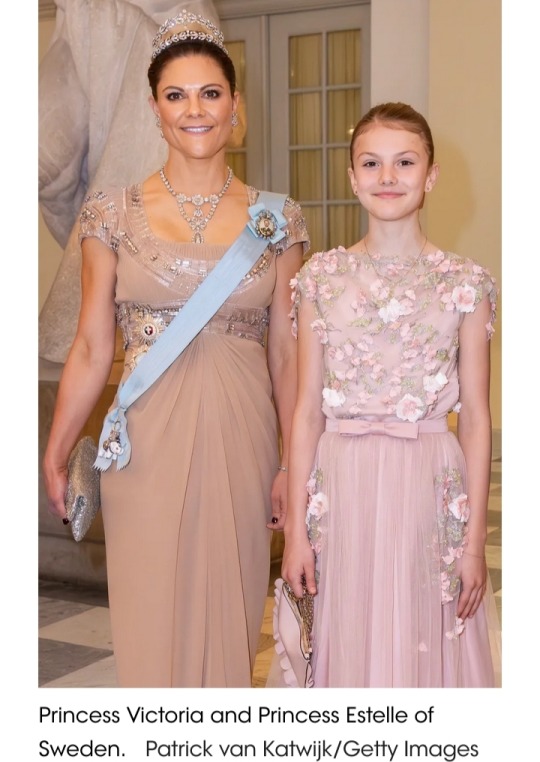
Princess Victoria of Sweden (and Princess Estelle)
The 46-year-old Princess Victoria (born 14 July 1977) is another European royal who has benefitted from the modernisation of primogeniture.
In fact, she was second-in-line to the Swedish throne at birth and leapfrogged over her younger brother, Prince Carl Philip, upon the change in the constitution.
It caused something of a controversy at the time, as her father, King Carl XVI Gustaf, objected to the change – not because he didn’t want women to succeed but because of his sympathy towards his son, who was suddenly stripped of his Crown Prince status.
In Sweden, the monarch has even less of a role in public life than in the UK, and as such, King Carl XVI Gustaf has largely kept out of the spotlight.
However, similar to other royals of her generation, Victoria has been more candid about her personal life. She was open about her struggles with anorexia in the 1990s.
Speaking about her experience in 2002, she said:
“I, Victoria, didn’t exist. It felt like everything in my life and around me was controlled by others. The one thing I could control was the food I put in me.”
She leapt to the defence of her now-husband, personal trainer Daniel Westering, when the couple’s early relationship came under close scrutiny.
Princess Victoria’s 11-year-old daughter, Princess Estelle (born 23 February 2012), is next in line to the throne after her mother.
She has similarly benefitted from the change in the law, as she has a younger brother, Prince Oscar.
Commentary in the Swedish press questioned the appropriateness of their match, something which Victoria spoke out against.
#Future European Queens#European Royalty#Princess Catharina-Amalia of the Netherlands#The Netherlands#Dutch Royal Family#Princess Elisabeth of Belgium#Princess Leonor of Spain#Spanish Royal Family#Princess Victoria of Sweden#Princess Estelle of Sweden#Swedish Royal Family#House of Bernadotte#Belgian Royal Family#House of Bourbon#House of Orange-Nassau
3 notes
·
View notes
Text
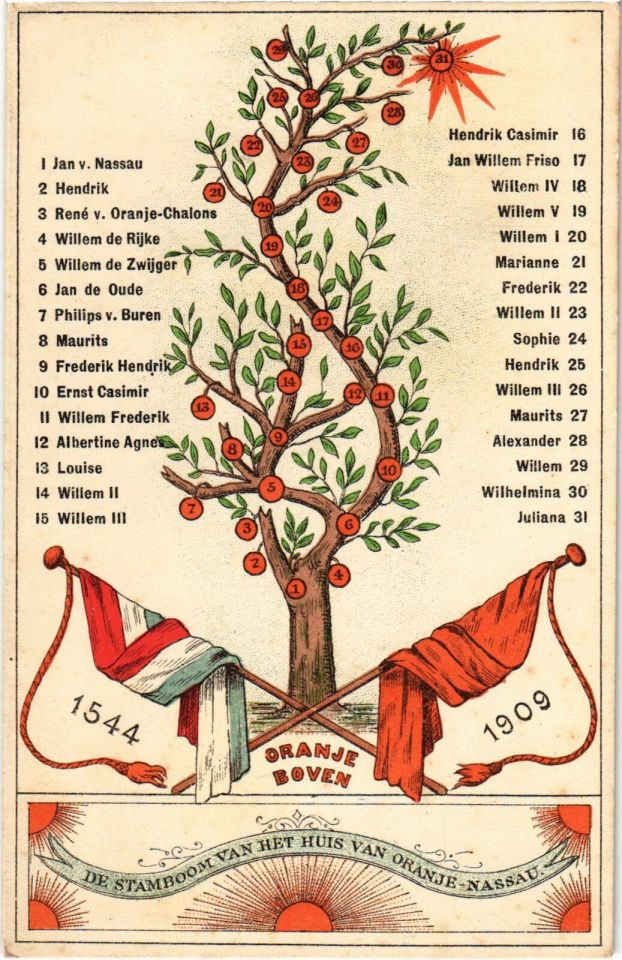
Family tree of the Royal House of Orange-Nassau
Dutch vintage postcard
#vintage#photography#postkarte#carte postale#dutch#the royal house of orange-nassau#postal#tree#family#briefkaart#postcard#orange#royal#nassau#old#photo#ansichtskarte#house#sepia#postkaart#ephemera#tarjeta#historic
6 notes
·
View notes
Text
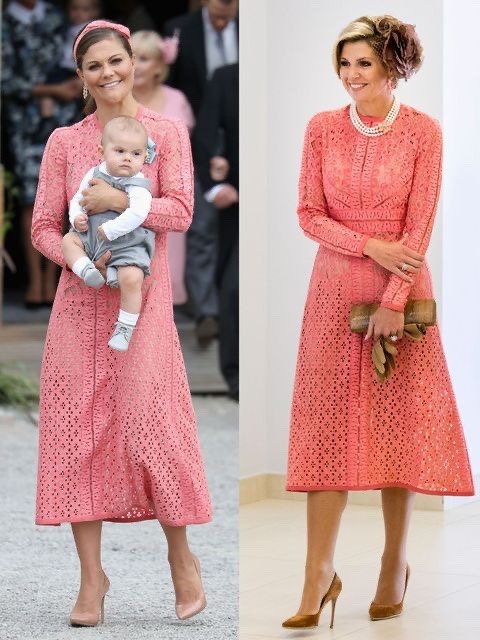
#sweden#the netherlands#crown Princess Victoria#Swedish royal family#house of bernadotte#queen maxima#maxima zorreguieta#Dutch royal family#house of orange nassau#who wore it best
33 notes
·
View notes
Text

William I of the Netherlands. By Jan Baptist van der Hulst.
#jan baptist van der hulst#the netherlands#huis van oranje#huis van oranje nassau#full length portrait#house of orange#full-length portrait
2 notes
·
View notes
Text

Prince Floris of Orange-Nassau. By Jeroen van der Meyde.
He is the youngest son of Princess Margrethe of the Netherlands and Professor Pieter van Vollenhoven. He is a cousin of the current king, Willem-Alexander.
#the netherlands#huis van oranje nassau#house of orange#Koninkrijk der Nederlanden#Kingdom of the Netherlands#prince floris
2 notes
·
View notes
Text
We are very happy to announce that our Dutch friends and kinsmen have joined the fray! Contact @best-nassau-monarch for more information.
(Also British are here too I guess. UGH.)
#history#russia#netherlands#house of romanov#house of orange-nassau#i just hope all these newcomers#put their money where their loud mouth is#and actually make a bracket!
1 note
·
View note
Text
Someone brought up the topic of the Dutch GP trophy yesterday and the fact that some think it was made with Max in mind because of the lion and how that's not the case at all. I'm surprised at how many people are not familiar with this so I thought I'd clarify a little for those who are interested.
No, the lion and the colour orange are not a Max specific thing. They're symbols of The Netherlands.
Our royal family is called the House of Orange-Nassau (Huis van Oranje-Nassau), which stems from the guy who led the rebellion against the Spaniards in the 1500's: Willem van Oranje-Nassau. Our flag used to be orange, white and blue. The orange derived from Willem's name and the white and blue from his uniform. For reasons unknown the orange became red, which is now our flag: red, white and blue. But the orange remained a national colour.
The lion also stems from the 1500's as a coat of arms for the Netherlands (see below) and has been a symbol for the country ever since.
So the lion and the colours that Max uses in his brand imagery is basically to signify his nationality. Though I'm sure he also likes the idea of the strength of a lion.
And no, the trophies were not made specifically for Max😉


41 notes
·
View notes
Note
That Shogun post got me curious about one thing. Was there ever a successful... or even any kind of invasion on the British Isles after William the Conqueror?
Depends on how we class 'invasion'.
The House of Orange-Nassau taking over from the Stuarts in the Glorious Revolution of 1701 is probably the closest.
The French in 1781 tried to invade the Jersey Isles, but that failed, though the Germans did occupy the Channel Islands in WW2, and that's the closest any foreign nation has tried to invade the UK.
Oh, and the Spanish Armada of 1588, and we all know how that went.
26 notes
·
View notes